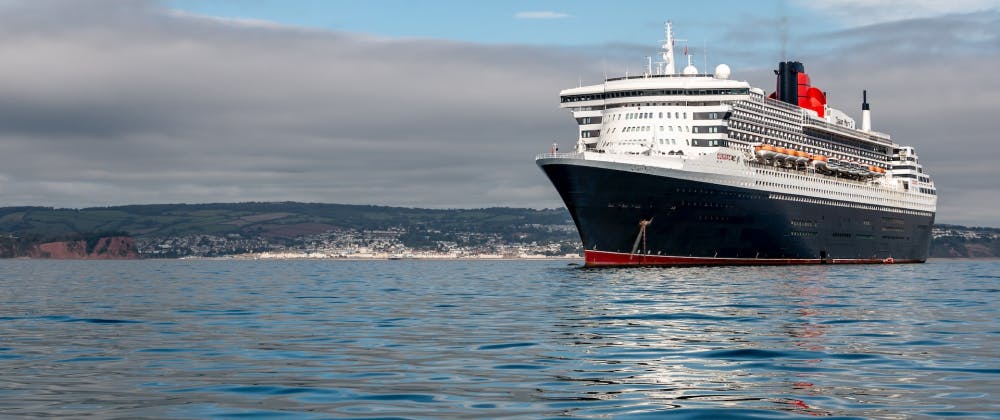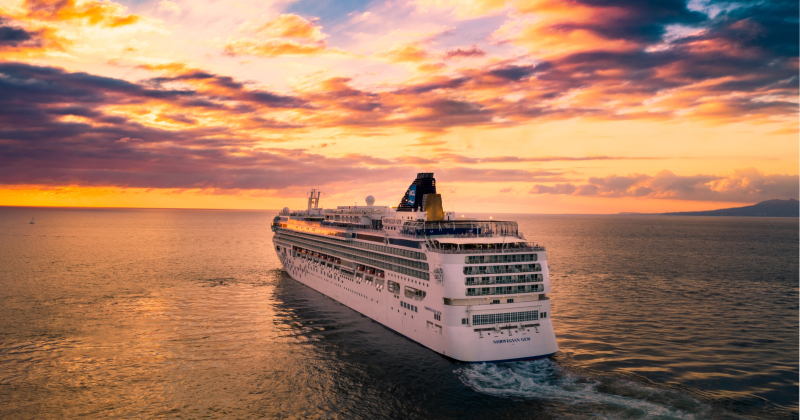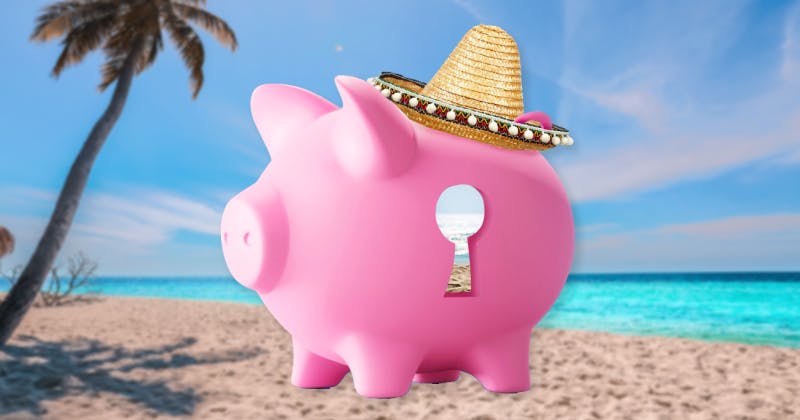
Things you didn't know about cruise ships
Put these fascinating facts in your back pocket for the next pub quiz…
Do you ever find yourself wondering how big the world's biggest ship is? Or whether it's a boat or a ship? What even is the difference anyway? Find out the answers to these fascinating nautical conundrums and more on this voyage of discovery.
What's the difference between a ship and a boat?
There's a bit of a debate on the specifics of this one, and it depends who you ask. One key way to know for sure is to accidentally call a ship a boat to a fan of all things maritime – they'll be sure to correct you.
There's no real distinction set in stone but you can use a combination of differences to hopefully get the term right. Firstly, ships are, generally speaking, a lot bigger than boats. Ships are big enough to carry boats, but boats can't carry ships. Ships are designed for long voyages across the sea whereas you're more likely to see boats in coastal areas or rivers. Ships are better for long distances, with boats more suited to shorter voyages. Ships also have more advanced features like bigger engines, stronger hulls and high-tech navigation and communication systems.
So if it's big and fancy, it's probably a safe bet to call it a ship.
In even simpler terms – when a ship sinks you get into a boat, but if a boat sinks you end up in the water.
The Holiday Extras Good Trip Index
Leave only footprints and take only photos by picking destinations you can visit sustainably and responsibly.
Have a good tripWhat's the difference between an ocean liner and a cruise liner?
This one's much easier to get your head around, mainly because they are both ships to start with. Cruise liners are probably what you're most familiar with – ginormous ships that visit lots of attractive, far-flung destinations on specific itineraries. There's always lots of food and drink, hours of entertainment and a bizarre fascination with baked Alaska (if you know, you know). Pretty much a luxurious floating holiday resort that arrives in a different destination every day.
Ocean liners on the other hand operate regular voyages on the same route – for example from Southampton to New York. There's only one traditional ocean liner left in the world and that's Cunard's Queen Mary 2. She was designed solely for crossing the Atlantic so she's a lot faster than your average cruise ship, and with a much stronger hull for navigating choppy seas. She's pretty luxurious too.

What's the biggest cruise ship in the world?
From 2024 the world's biggest cruise ship will be Royal Caribbean's Icon of the Seas. She's 365 metres (1,198 feet) long and has a maximum capacity of 7,600 passengers including the crew. For context, the Titanic, who was the biggest ship of her time, was 269 metres (882 feet) long with a maximum capacity of 3,327.
Icon of the Seas boasts (deep breath!): seven pools including the largest pool at sea, the largest waterpark at sea with six record-breaking water slides, 20 dining options including sushi, pizza and Mexican, 15 bars, nightclubs and music venues, a casino, an 'ice arena' for all your ice-borne entertainment needs, a surf simulator, a rock-climbing wall, a minigolf course, a sports court and probably more but we're running out of space.
Can you cruise sustainably?
Yes and no. Cruise ships are much more environmentally friendly than planes, creating roughly 44 times less carbon dioxide emissions according to a study by the UK government. But they do guzzle fossil fuels to generate energy so there's not really any way to get around it – cruising isn't great for the environment.
As a way to try and offset this, most cruise lines do try to operate more sustainably and find other ways to make a difference. For example Carnival have reduced their air emissions by half since 2015 and cut down their single-use plastic by 50%. But that's not the only thing to think about, as popular ports are inundated on a daily basis with thousands of cruise passengers.
To this end, many destinations have put a limit on ship sizes and numbers entering their ports to help preserve the local areas. From 2026 Palma de Mallorca will limit the number of cruise ships per day to three, and places like the Galapagos Islands, Antarctica and Tahiti have strict limits to how many people can visit per day already.
How to travel more sustainably
Our friends at the Travel Foundation explain how to make your next trip more sustainable.
Guide to sustainable travel







